June 17, 2025 | 07:50 GMT +7
June 17, 2025 | 07:50 GMT +7
Hotline: 0913.378.918
June 17, 2025 | 07:50 GMT +7
Hotline: 0913.378.918
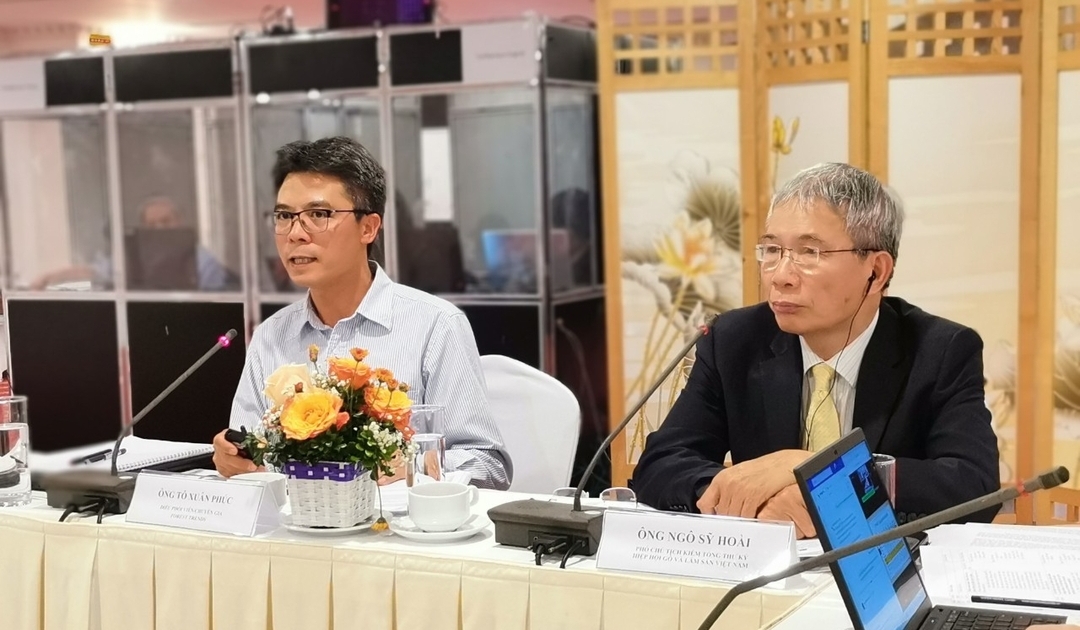
Mr. To Xuan Phuc, expert of Forest Trends and Ngo Sy Hoai, Vice President and General Secretary of VIFOREST.
Dr. To Xuan Phuc, an expert from Forest Trends, said that every year, Vietnam imports about 5-6 million m3 of logs (HS 4403) and sawn timber (HS 4407) from more than 120 countries and territories. In particular, Africa is the most critical source of tropical wood, with about 1.3 million m3 of timber, worth more than half of US$ 1 billion per year.
According to the Vietnam Timber and Forest Products Association (VIFOREST), the rapid development of Vietnam's wood industry requires a large and increasing volume of input wood materials to supply the industry. Currently, natural forest exploitation is prohibited in Vietnam, so no timber is harvested from this source. The supply of domestically planted forest timber (mainly acacia) is huge and tends to increase rapidly, exceeding 30 million cubic meters per year (m3/year).
Wood imports from Africa into Vietnam are increasing, both in terms of output and types, from more than 20 countries and territories. One of the reasons for this phenomenon is that Vietnam currently bans the exploitation of natural forests. Although the domestic production of scattered trees and rubber is large, about 2-3 million and 4 million m3 per year, the domestic timber supply is not enough to supply the industry.
Imports come from more than 20 countries and territories, of which Cameroon, Gabon, the Democratic Republic of the Congo and the Republic of Congo are the main supplying countries. The number of types of wood imported from Africa is also huge.
"Demand is increasing, but information regarding legal requirements for African timber in Vietnam is limited. Very little information is available in Vietnamese regarding rules and regulations governing operations, forest concessions, law enforcement and actors involved in the supply chain," Mr.Phuc stated.
Little information can impede participants' compliance and create risks for the legality of imported products. This presents many challenges when implementing the Vietnam Timber Legality Assurance System (VNTLAS) in Vietnam in the future.
The Government of Vietnam signed a Voluntary Partnership Agreement on Forest Law Enforcement, Governance and Trade (VPA/FLEGT) with the European Union in 2018. Understanding the requirements for conformity The legality of timber imported from Africa plays a significant role in implementing VNTLAS.
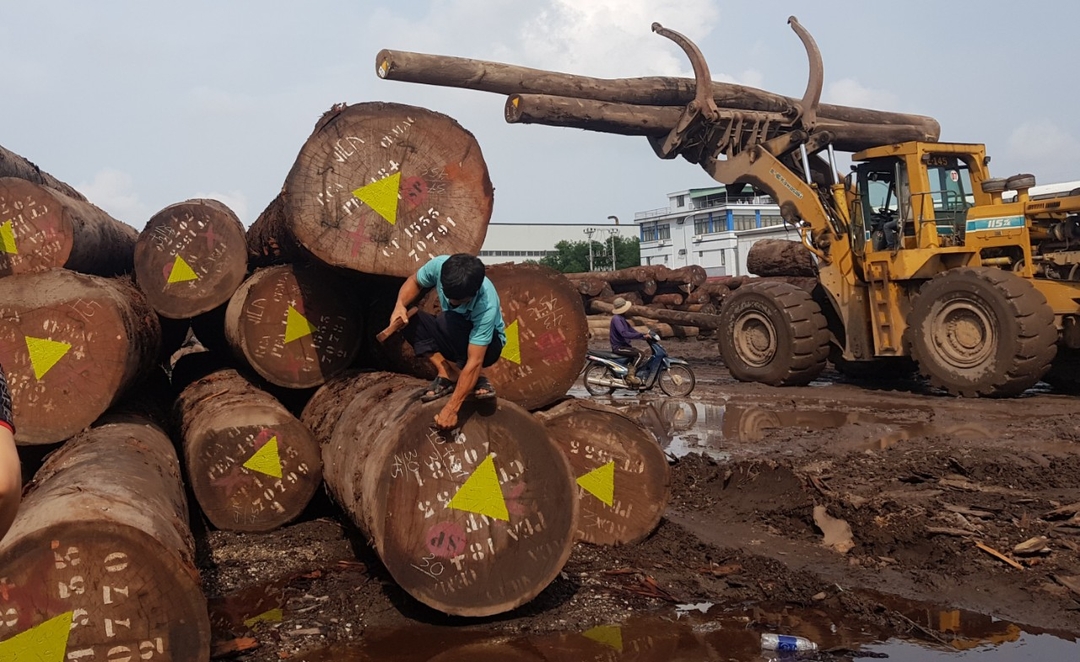
African timber imports into Vietnam are on an increasing trend.
At the Workshop "Learning about the legal requirements of timber imported from Africa", Mr. Ngo Sy Hoai - Vice President and General Secretary of the Vietnam Timber and Forest Products Association (VIFOREST), said VNTLAS has outlined the requirements agreed in the VPA/FLEGT Agreement to ensure that all timber products, including African timber, are legal.
"With the support of Forest Trends and the German Development Cooperation (GIZ) and the Forestry Administration, we hope to understand better the rules and regulations governing practice in African countries. At the same time, this is also a bridge that opens up opportunities for cooperation between policymakers and the private sector in Cameroon and Vietnam in ensuring the global legal timber supply chain," said Mr. Hoai.
Sharing the same opinion, Mr. Nguyen Van Tien - Head of Forestry Violations Investigation and Handling Division, Forest Protection Department, General Department of Forestry, added that, to ensure that timber imported into Vietnam is legal, Decree No. 102/2020/ND-CP has increased administrative procedures and customs clearance time for wood importers. Enterprises must make a declaration of the origin of imported wood, submit additional documents if the wood is imported from a dangerous species or an unfavorable geographical area, and at the same time, increase the responsibility and work for customs officers when carrying out customs clearance procedures.
Specific information is guided in Circular No. 21/2021/TT-BNNPTNT, regulating the classification of wood processing and exporting enterprises, to assess the level of risk of all organizations and enterprises in the comply with the requirements of the VNTLAS System.
However, this classification is still facing difficulties due to the lack of coordination mechanism between the local FPD and relevant departments in the province; difficulty in determining compliance criteria for forest fire prevention and control; There is no synchronous software and electronic classification information system of the Forest Protection Department for online implementation.
According to VIFOREST, there are currently about 240 enterprises directly involved in importing wood from Africa. In which, the number of small-scale enterprises with the amount of imported wood from 1,000 m3 or fewer accounts for nearly one-third. However, the amount of wood these enterprises import only accounts for less than 1% of the total import volume.
Translated by Ha Phuc
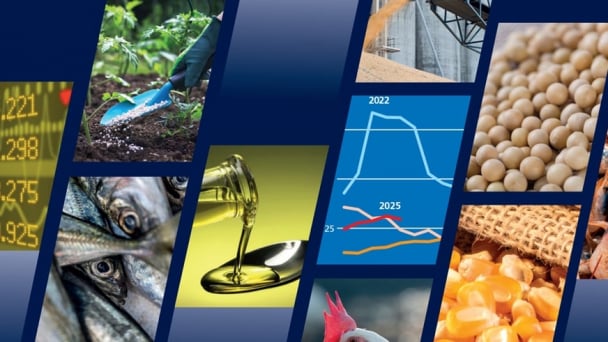
(VAN) Noting risks, report examines impacts of avian influenza, changing trade patterns since 2022, fish fraud, and shipping industry’s net-zero goals.
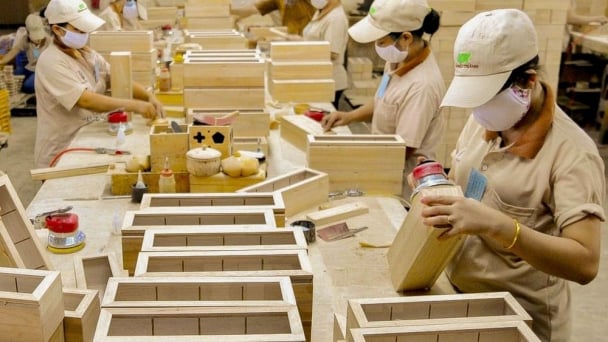
(VAN) Mr. Tran Quang Bao, General Director of the Forestry and Forest Protection Department, met and worked with the International Wood Products Association to promote cooperation in the field of timber trade.

(VAN) China's outbound shipments of rare earths in May jumped 23% on the month to their highest in a year, though Beijing's export curbs on some of the critical minerals halted some overseas sales.
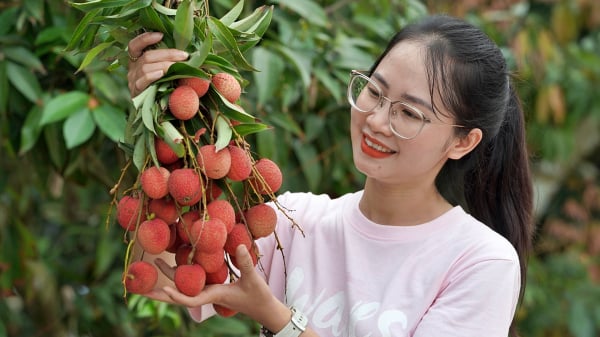
(VAN) To sustain capital flow, administrative reform alone is not enough; what farmers truly need is an ecosystem where both government and businesses grow together in support.
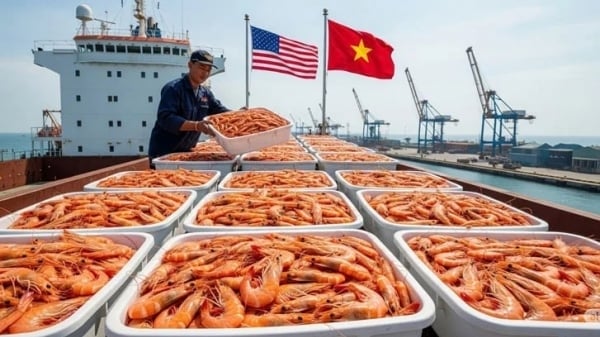
(VAN) Vietnam and the United States are proactively working together, each in their own way, to ensure that every container of agricultural goods carries not just products, but also long-term trust and value.
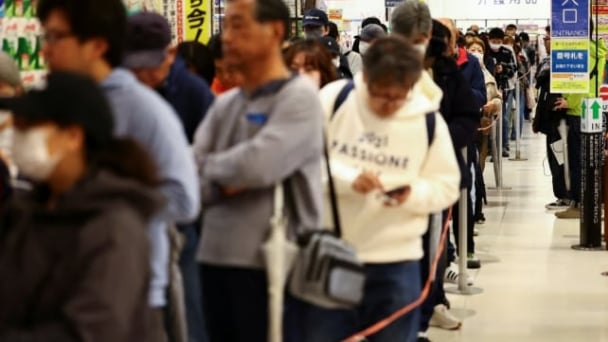
(VAN) Stores have started selling rice from the government’s stockpile to feed demand for the staple.
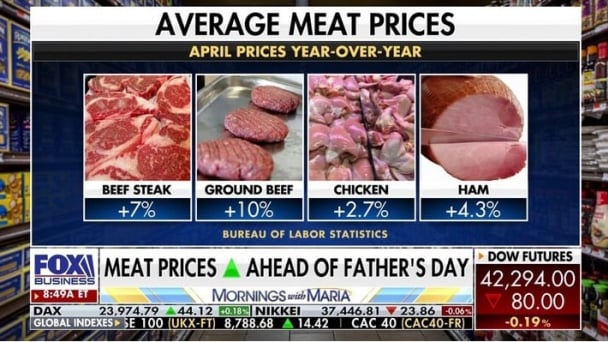
(VAN) Omaha Steaks CEO says rebuilding cattle herds will take about a year to ease price pressures.